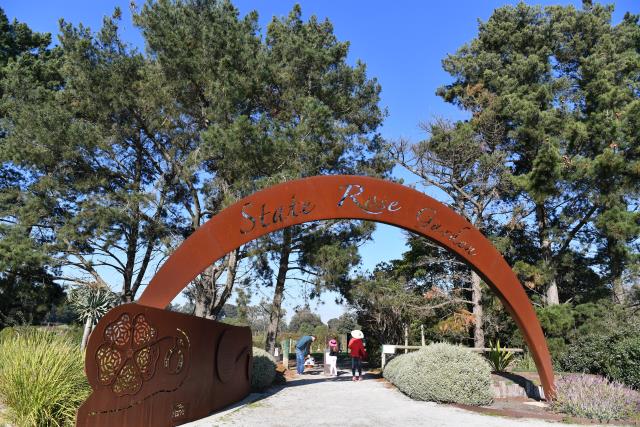Tourism in Melbourne’s west, including in Brimbank, was hit harder by COVID-19 disruptions than many other areas, a new report has revealed.
The western suburbs lost a cumulative 5.1 million visitors and $2.7 billion in spending after tourism shrunk by two thirds during 2020 and 2021.
Conducted by Victoria University, Victoria Tourism Industry Council and Western Melbourne Tourism, the study found the municipalities of Wyndham, Brimbank, Hobsons Bay, Maribyrnong, Melton and Moonee Valley would have to tackle unique challenges to recover.
These obstacles include an “image problem” where the west is perceived as having low aesthetic value compared to other areas of the state, a reliance on overseas visitors whose numbers remain constrained and relatively poor regional infrastructure in accommodation and public transport due to years of underinvestment.
VU’s School for the Visitor Economy director, Dr Joanne Pyke, said the pandemic was a wake-up call to take a new look at the issues that have slowed the potential of the area, and to identify new ways to build a stronger, sustainable tourism sector for the region.
“This study highlights the need for government at all levels, businesses, and industry to work together to make Melbourne’s West more resilient in the interests of jobs growth, economic recovery and community wellbeing,” she said.
“It would be a wasted opportunity to return to a business-as-usual approach once the sector recovers from the aftershocks of the crisis.”
The study also suggest the western suburbs has any new opportunities to strengthen the tourism sector, including significant infrastructure megaprojects planned for the region, including Melbourne Airport rail link, Sunshine precinct project and the new Footscray Hospital.
It also lists the population growth of young adults, families and diverse communities and the potential to boost cultural tourism in the area due to vibrant multiculturalism present in the west.








